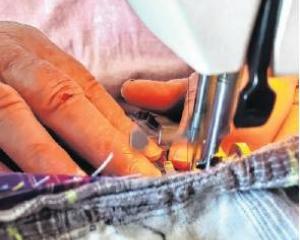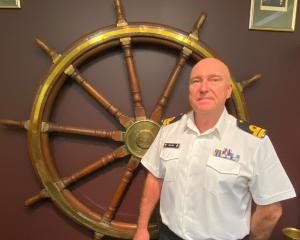Archibald Baxter Memorial Trust chairman Kevin Clements wants to contact as many children, grandchildren and great-grandchildren of conscientious objectors so they can be invited to attend the official opening of New Zealand’s only World Wars pacifist memorial.

The hard landscaping of the memorial site, facing the George St-Albany St intersection, was expected to be completed by the end of July or beginning of August, Prof Clements said.
After that, two weeks will be devoted to planting New Zealand hebes and alpines, favourite plants of Archibald Baxter’s wife, Millicent. This was a gift from the Dunedin City Council, he said.
Arrowtown sculptor Shane Woolridge chose ‘‘field punishment No1’’as the subject of his sculpture for the memorial.
Following conscription of New Zealand men in 1916, Baxter and other conscientious objectors were sent first to England then to the front line in France, where they were sentenced to ‘‘field punishment No1’’. This involved being tightly bound hand and foot to a tilted post. This is the theme of the 3m-tall Woolridge sculpture.
‘‘The punishment meted out to Baxter and others would now be regarded as acts of torture,’’ Prof Clements said.
After his return to New Zealand, Baxter married Millicent Macmillan Brown and they lived in Brighton, rearing their two sons, Terence John and poet James Keir Baxter.
The process of getting the memorial established started more than eight years ago, when the trust was formed.

‘‘Then we had to find funding; we had to raise over half a million dollars,’’ Prof Clements said.
Thanks to ‘‘a lot of public and private philanthropy’’, it was completely paid for.
The site was more complex than anticipated as more than 90 tonnes of bluestone rock had to be removed and a different type of stabilisation put in.

Coinciding with work on the memorial, University of Otago Press has recently released a revised edition of Baxter’s 1939 autobiography, We Will Not Cease, a harrowing account of his treatment as a conscientious objector. Prof Clements has written the book’s new foreword.
A short film has also been released.
Prof Clements wanted the memorial to be a place where the descendants of conscientious objectors could ‘‘remember what their ancestors did’’.
For further information, he can be contacted by email at kevinpaulclements@gmail.com.














